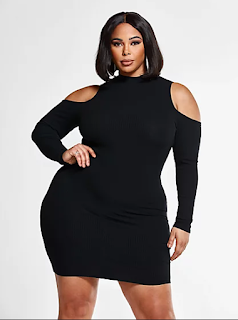What lingerie of materials do you like?
Lingerie is a broad definition that can be subdivided into many different categories. Can be roughly divided into several categories: costumes, swimwear, bras, socks, underwear, dance clothes. These are just some of the categories, and many different small categories can be subdivided under these categories. Through these classifications, we can choose the plus-size lingerie we need to wear according to different occasions. It has many different types, as well as many different material types. Each of us has different preferences, so the materials we like in daily life are also different. Below is an introduction to two common different materials.
The following is an introduction to some of its different materials:
Material 1: Silk
1. Comfort
Real silk is composed of protein fibers and has excellent biocompatibility with the human body. In addition to its smooth surface, its frictional stimulation coefficient to the human body is the lowest among all kinds of fibers, only 7.4%. Therefore, when our delicate skin encounters smooth and delicate silk, the one-way wet fabric, with its unique soft texture, follows the curve of the human body, caring for every inch of our skin in a considerate and safe manner.
2. Sound absorption, dust absorption, heat resistance
Silk fabric has a high porosity, so it has good sound absorption and air absorption, so in addition to making clothing, it can also be used for interior decoration, such as silk carpets, tapestries, curtains, wall coverings, etc. Decorating the room with silk ornaments can not only make the room dust-free but also keep the room quiet. Because silk has moisture absorption, moisture release properties, moisture retention, air absorption, and porosity, it can also adjust indoor temperature and humidity and can absorb harmful gases, dust, and microorganisms. In addition, silk fibers have low thermal denaturation and are relatively heat-resistant. When it is heated to 100°C, the polypropylene underwear fabric is only about 5-8% brittle, while the thermal deflection of most synthetic fibers is 4 to 5 times larger than that of silk. The burning temperature of silk is 300~400℃, which is a flame-retardant fiber, while the burning temperature of synthetic fiber is 200~2600C, which is flammable and easy to melt. Therefore, the use of silk fiber as a raw material for interior decoration can not only play a role in sound absorption, dust absorption, and heat preservation but also play a flame retardant function.
Material 2: Lace
1. Soft fabrics: There are three types of soft fabrics, knitted fabrics, silk fabrics, and linen fabrics. The design of knitted fabrics in clothing is mostly straight. This shape easily reflects the soft and concise advantages of knitted fabrics; the advantages of silk fabrics and linen fabrics can mainly make the clothes wear out of fluidity and curvaceous beauty.
2. Very cool fabric: The advantage of the very cool fabric is that the lace garments made of it have very clear lines, and the outline of the garment is very obvious, which can subtly modify the body shape. Designers are very aware of this advantage. In the design of suits and suits, they wisely give full play to this advantage and show the beautiful curve.
3. Transparent fabric: The advantage of transparent lace fabric is that it is light and transparent and naturally exudes an elegant and mysterious effect. It is most commonly used in the production of underwear. It is breathable and thin, which is good for the skin.
It is precise because of these different materials that different beauty is presented. Beautiful, sexy, plus-size ladies with sexy curves. What kind of large-size underwear do you like in your daily life?


Comments
Post a Comment